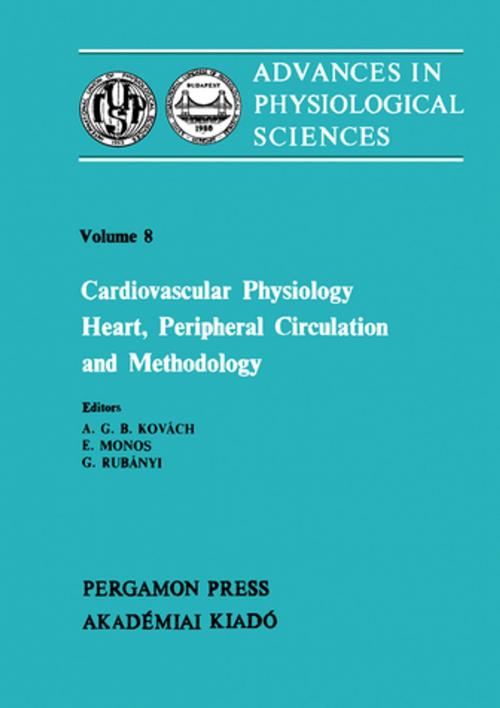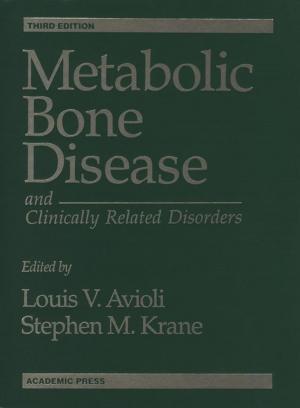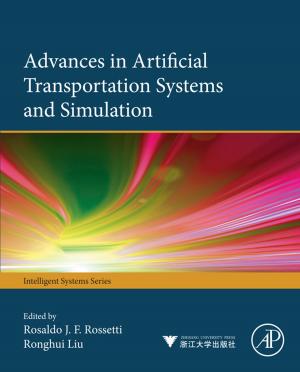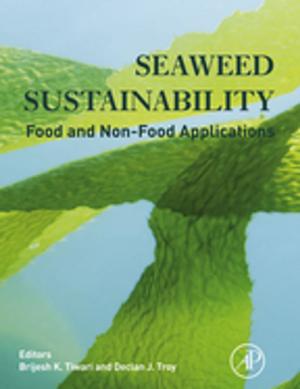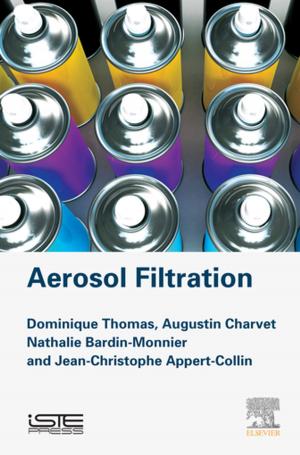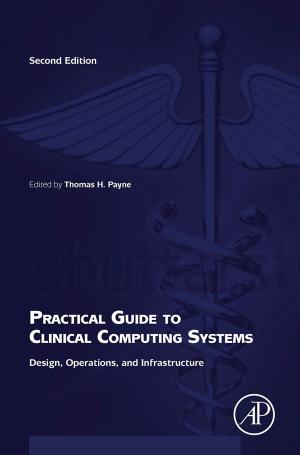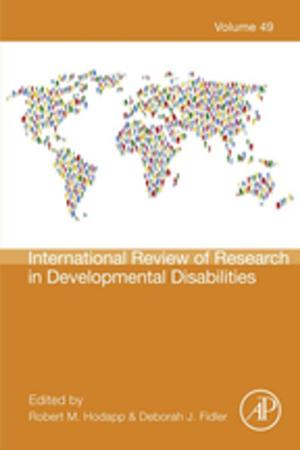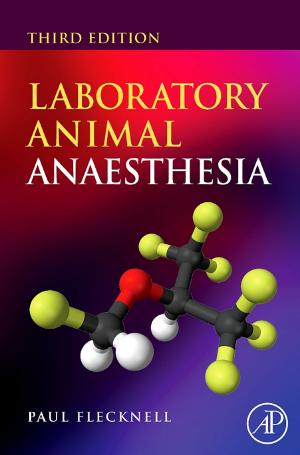Cardiovascular Physiology: Heart, Peripheral Circulation and Methodology
Proceedings of the 28th International Congress of Physiological Sciences, Budapest, 1980
Nonfiction, Health & Well Being, Medical, Medical Science, Physiology, Science & Nature, Science, Biological Sciences, Human Physiology| Author: | ISBN: | 9781483189963 | |
| Publisher: | Elsevier Science | Publication: | April 24, 2014 |
| Imprint: | Pergamon | Language: | English |
| Author: | |
| ISBN: | 9781483189963 |
| Publisher: | Elsevier Science |
| Publication: | April 24, 2014 |
| Imprint: | Pergamon |
| Language: | English |
Advances in Physiological Sciences, Volume 8: Cardiovascular Physiology: Heart, Peripheral Circulation and Methodology presents the proceedings of the 28th International Congress of Physiological Sciences, held in Budapest, Hungary, on July 13–19, 1980. This book examines some of the significant arterial pressure control mechanisms.
Organized into 43 chapters, this compilation of papers begins with an overview of the origin of the notion of a vasomotor center controlling the arterial blood pressure. This text then discusses the concept of long-term arterial pressure regulation and some of the basic mechanisms of hypertension. Other chapters consider the sites and mechanisms of capillary control. This book discusses as well the performance of the heart during its excitation–contraction cycle, which is influenced by the movements of ions across the cell membrane. The final chapter deals with the interpretation of in vivo NADH fluorescence measurements.
This book is a valuable resource for physiologists and clinicians.
Advances in Physiological Sciences, Volume 8: Cardiovascular Physiology: Heart, Peripheral Circulation and Methodology presents the proceedings of the 28th International Congress of Physiological Sciences, held in Budapest, Hungary, on July 13–19, 1980. This book examines some of the significant arterial pressure control mechanisms.
Organized into 43 chapters, this compilation of papers begins with an overview of the origin of the notion of a vasomotor center controlling the arterial blood pressure. This text then discusses the concept of long-term arterial pressure regulation and some of the basic mechanisms of hypertension. Other chapters consider the sites and mechanisms of capillary control. This book discusses as well the performance of the heart during its excitation–contraction cycle, which is influenced by the movements of ions across the cell membrane. The final chapter deals with the interpretation of in vivo NADH fluorescence measurements.
This book is a valuable resource for physiologists and clinicians.
